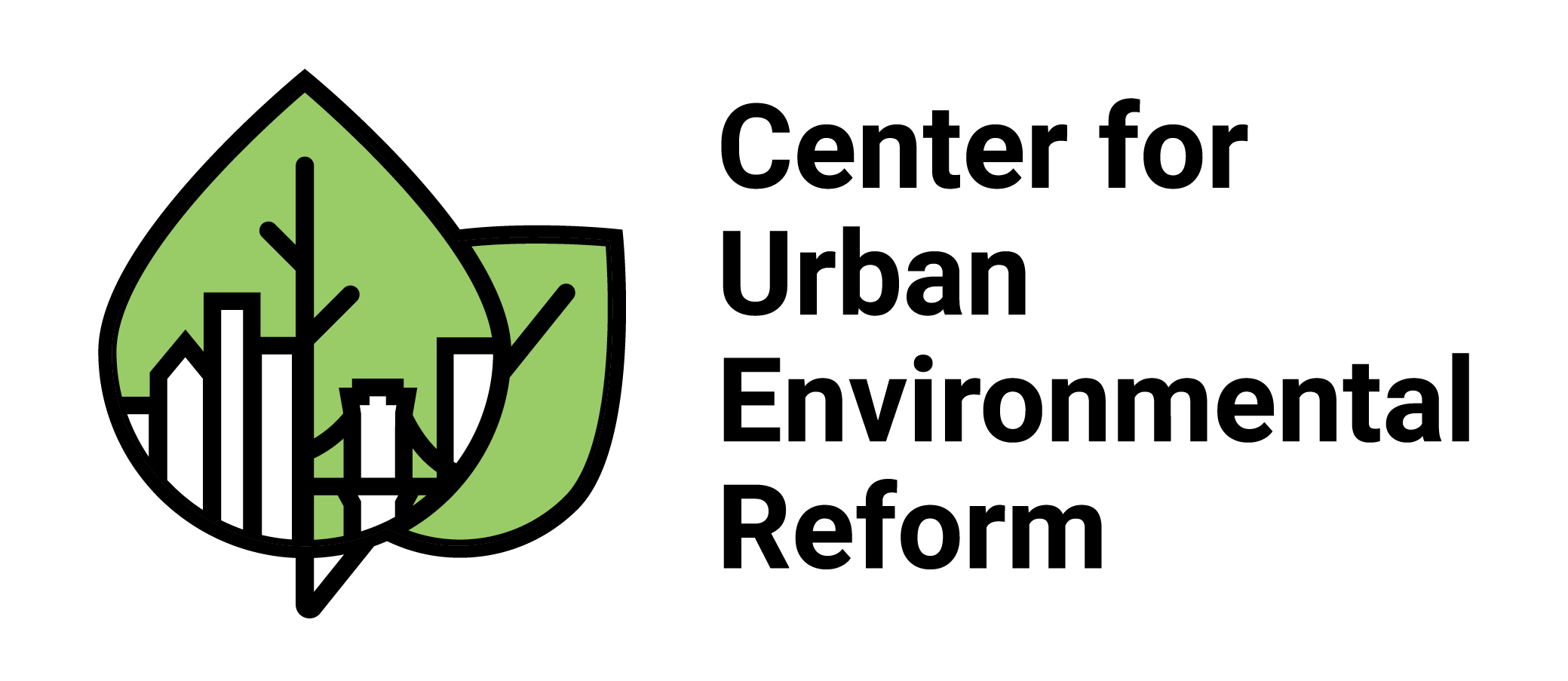Tales from Our Trash: New York City’s Sanitation Workers, Sustainable Cities, and the Value of Knowledge
We have a problem in New York City: We generate more than 30,000 tons of waste each day. Roughly one third of that waste is household trash, and the daunting task of collecting garbage from New York City’s three million households falls to 7,000 workers from the NYC Department of Sanitation. They are, in the words of artist Mierle Laderman Ukeles, “keeping New York City alive.”
All of NYC’s waste is shipped out of state for disposal. But first, the city must consolidate the garbage at one of 58 waste transfer stations. In addition to the overpowering odors the trash itself produces, these stations generate a constant stream of truck traffic, air pollution, noise pollution, and safety issues. So, of course, no one wants to live near them.
Thus, it may come as no surprise that most of NYC’s waste transfer stations are concentrated in poor and minority communities in the Bronx, Queens, and Brooklyn. In 1996, the New York City Environmental Justice Alliance helped form the Organization of Waterfront Neighborhoods to address this injustice, and over the next decade these groups worked with hundreds of concerned citizens, ultimately culminating in the passage of the City’s 2006 Solid Waste Management Plan. Although the plan laid the foundation for a more equitable distribution of these facilities, attempts to locate a waste transfer station in Manhattan have been met with litigation and outrage.
I think about these numbers every time I place my family’s trash can on the curb for sanitation workers to empty. These workers do this thankless and risky job every day. Sanitation workers are far more likely to be killed on the job than are police officers or firefighters. In 2010, this was the case when NYC sanitation worker Frank Justich was hit by a truck and killed while on the job in Queens. My daily commute takes me past the corner where he died, which was renamed Frank Justich Way in his honor. How many of us know the names of the men and women who collect our trash? Their vital contribution to our welfare goes unacknowledged: their specialized knowledge and skills overlooked.
This is why the CUNY Center for Urban Environmental Reform (CUER) is launching its Whose Trash? Initiative, which uses NYC waste-handling practices to consider broader questions of urban sustainability. This initiative highlights the importance of including under-represented voices in the waste planning processes: communities burdened with landfills and transfer stations; workers tasked with collecting and handling wastes; and young people saddled with undesirable economic and ecological legacies.
The kick-off event, Tales from Our Trash, will take place this Thursday, November 14, at 6 p.m. at CUNY School of Law. Commemorating Frank Justich’s life and service, this event highlights the contributions sanitation workers make to urban sustainability. The event will be memorialized by Frank Justich’s widow, who speak briefly about what it means to her that this event is commemorating her husband’s life and work.
Other participants include
- Dr. Robin Nagle, anthropologist-in-residence at the NYC Department of Sanitation and author of Picking Up;
- CUNY School of Law Professor and CUER Director Rebecca Bratspies;
- Artist Mierle Laderman Ukeles, creator of Touch Sanitation and artist-in-residence at the NYC Department of Sanitation; NYC Sanitation Commissioner John J. Doherty;
- and three NYC high school students speaking on behalf of future generations.
More information is available here.
Don’t live in New York? No Problem! The events are free and it is open to the public, and will be live-streamed online. Hope to see you there!
This article originally published on Greenversations: An Official Blog of the U.S. Environmental Protection Agency (link)



